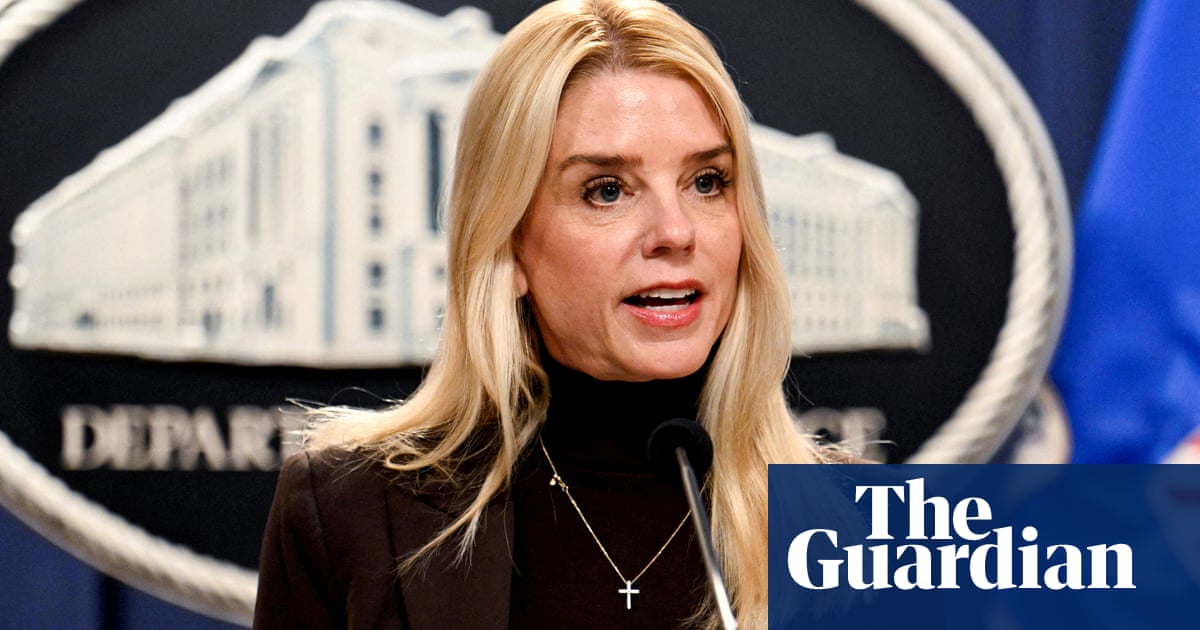Donald Trump has made a simple request of Congress’s Republican leaders: deliver “one big, beautiful bill” that will turn his campaign promises into reality. By all indications, there will be little beautiful about the negotiations to come when Congress returns to session on Monday.
The bill envisioned by the president will extend tax cuts enacted during his first term, fund more border defenses and mass deportations of undocumented immigrants and potentially include the president’s vow to end the taxation of tips, overtime and social security payments. To pay for it, the GOP is eyeing dramatic reductions in government spending, and has targeted social safety net programs relied on by tens of millions of Americans.
But even with the cuts, experts say this could be one of the steepest increases to the federal deficit in recent US history.
That prospect has tested the resolve of Congress’s Republican majorities, which are relatively small – three seats in the Senate and House of Representatives each. While many lawmakers insist that government spending must be reined in to manage the United State’s budget deficit at a time of high borrowing costs, small groups of lawmakers have already registered their opposition to dismantling programs they say help their constituents.
Earlier this month Republicans muscled through the budget framework for the bill, an important step that outlines how much they will spend and cut, and allows them to circumvent Democratic opposition in the Senate. But though party leaders described it as a sign of unity, experts say the plan instead illustrated just how divided the GOP is. The resolution gives the House and Senate separate targets for savings and expenditures – differences that would usually be resolved before passage.
“The budget resolution that they adopted is unique, I would say, somewhat unprecedented,” said Bill Hoagland, a former top budget adviser to Republican senators who is now a senior vice-president at the Bipartisan Policy Center thinktank.
“What they’ve done here is keep the ball moving by kicking the can further down the road and leaving unsettled a number of differences, particularly on the spending side.”
Just how riven the party is will become clear in the weeks to come, after Congress returns and Republicans set to work crafting the bill amid an economy made newly precarious by Trump’s on-again, off-again approach to tariff policy. Party leaders have cast the bill as a way to make good on Trump’s promise of a “golden age” in American, fueled by smaller, deregulated government.
“Our aim is to deliver on our promises in this big, beautiful bill regarding things like border security, restoring peace through strength, and American energy dominance and regulatory reform, to get the economy really humming again,” House speaker Mike Johnson said earlier this month.
The speaker and his Senate counterpart, majority leader John Thune, say they intend for the bill to reduce government spending by at least $1.5tn, and make permanent the tax cuts that analyses found mostly benefited the rich after their enactment in 2017.
But the budget framework’s instructions to the Senate target a mere $4bn in spending cuts, while assuming the tax cuts are “current policy” and therefore cost nothing, to the chagrin of many economists. The House plan acknowledges that extending the tax cuts will cost trillions of dollars, and proposes dramatic funding cuts elsewhere.
Its instructions indicate that Medicaid, which provides health insurance for poor and disabled Americans, could lose around $800b in funding, which would be its largest cut in history. Republicans have additionally signaled a willingness to cut the Supplemental Nutrition Assistance Program, also known as Snap, while the climate-change fighting Inflation Reduction Act passed under Joe Biden could be slashed.
Both chambers also intend to couple the bill with an increase in the US government’s debt limit. The congressional budget office estimates the limit will be hit in August or September, after which the government will be unable to borrow to pay its obligations, potentially sparking a financial crisis.
The resulting bill could cost as much as $5.8tn for the next 10 years, a huge amount that Maya MacGuineas, the president of the spending wary Committee for a Responsible Federal Budget, described as “the largest deficit increase in history” and “an absolute disgrace”.
So big is the spending plan that Douglas Holtz-Eakin, a former chief economist at the White House Council of Economic Advisers under Republican George W Bush, warned that extending the tax cuts alone would likely crowd out the other policies Trump campaigned on, such as ending the taxation on tips and other income.
after newsletter promotion
“This is a very unambitious piece of tax legislation, from an economic policy point of view. It doesn’t really do much and, and I don’t think there’s any real will collectively to do big spending cuts, and they’ve taken off limits the places where that you really do need to reform,” Holtz-Eakin said, referring to social security and Medicare. Both programs are big drivers of the budget deficit, but Trump and the Republicans say they oppose cutting them.
Finding an agreement on the bill is expected to be a major lift for Republican leaders in Congress, particularly since the tiny House majority could empower small groups of lawmakers to hold up the bill.
Already, a dozen Republicans have publicly said they will not support legislation that reduces Medicaid coverage “for vulnerable populations” and 21 others have argued against repealing clean energy tax credits in the Inflation Reduction Act. Members of the far-right House Freedom Caucus, meanwhile, are expected to stand against any bill that does not sufficiently reduce spending.
“When you want to cut $1.5tn, you’re going to get to a lot of programs that people rely on. And when that happens, they’re going to start to hear about it,” Joe Morelle, the No 2 Democrat on the spending-focused House appropriations committee, told the Guardian.
He predicted that no Democrats would vote for the forthcoming bill, meaning that Johnson and Thune will be left to get it through their chambers with their party’s votes alone.
Trump has attempted to corral Congress by threatening to support challengers to Republicans who don’t vote his way. But with the GOP taking aim at safety net programs popular in their own districts, Morelle said many lawmakers will have to weigh facing the president’s wrath against losing re-election.
“Who do they fear more? The retribution of an angry president, or do they fear the retribution of voters who are going to say, sorry, without healthcare, I’m not voting for you?” Morelle said.

 German (DE)
German (DE)  English (US)
English (US)  Spanish (ES)
Spanish (ES)  French (FR)
French (FR)  Hindi (IN)
Hindi (IN)  Italian (IT)
Italian (IT)  Russian (RU)
Russian (RU)  7 hours ago
7 hours ago
























Comments